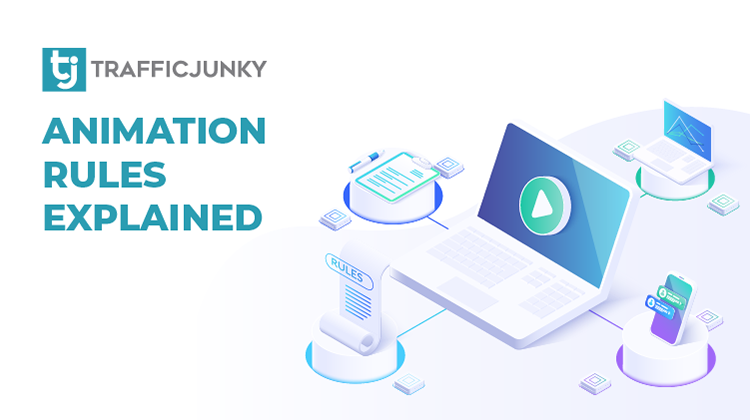
Some might consider our animation rules a little complex. Granted however this doesn’t mean you shouldn’t try to upload compliant creatives.
TrafficJunky’s Animation Rules Explained
We’ve covered our updated rules and regulations in a previous post. You’ll want to get familiar with the type of content we reject.
You also have access to our full rulesnregs on our website–in case you’re a smarty pants that understands everything.
Today, dearest readers, today we focus on visually explaining TrafficJunky’s animation rules–using sloths. Yes you read that right.
Without further adieu, here’s everything you need to know:

You guessed it Einstein, this means the banner can be animated like a video. Here’s what that looks like:

If you’ve followed our blog for a long time, you’ve studied banner anatomy as well.
That said, you’re probably trying to include an animated call to action or flashing elements in order to grab addition.
We can’t be mad at that, good for you being clever and all.
There’s nothing wrong with adding animated text or shapes, there just need to be a minimum of two seconds between frames.
Check out two more sloth GIFs below:



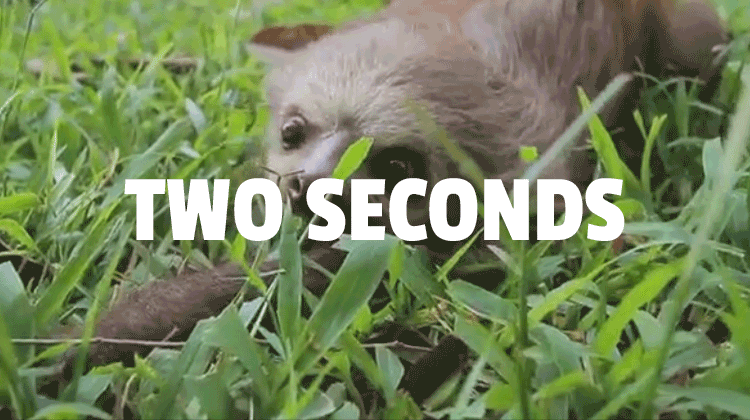
On most sites, animation is either allowed or it isn’t while others only allow rotating images.
Yet another self-explanatory rule, don’t you think?
Just in case it isn’t clear, here are a few examples–using rotating pictures of sloths, of course:
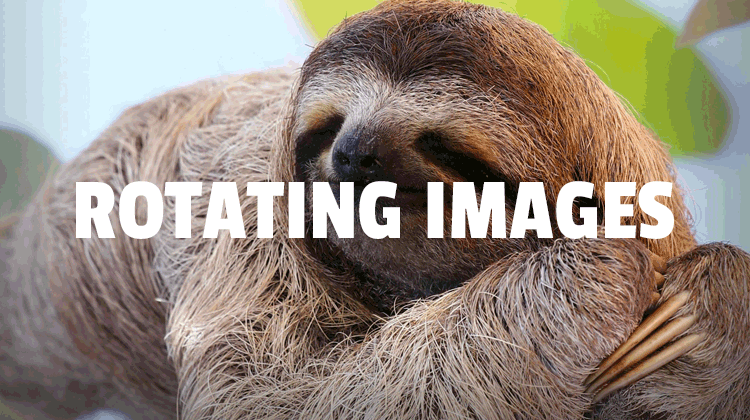
Digital wizardry allows you to add tons of images to your animated banners, keeping the quality high and file size low.
Tons of pics are fine, as we mentioned above you’ll want a two second delay between the photos.
Have a look at the GIFs below:

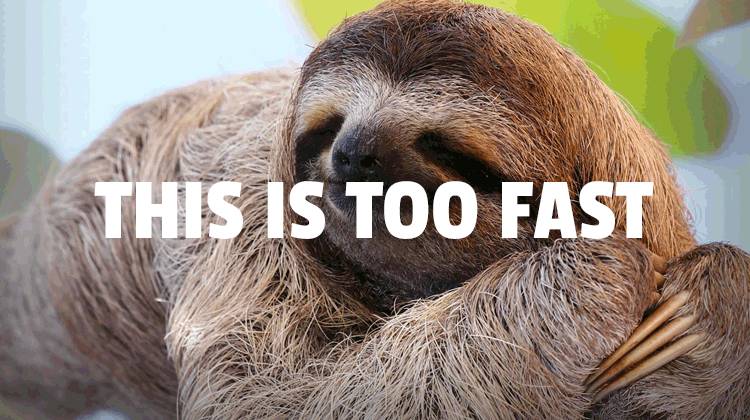

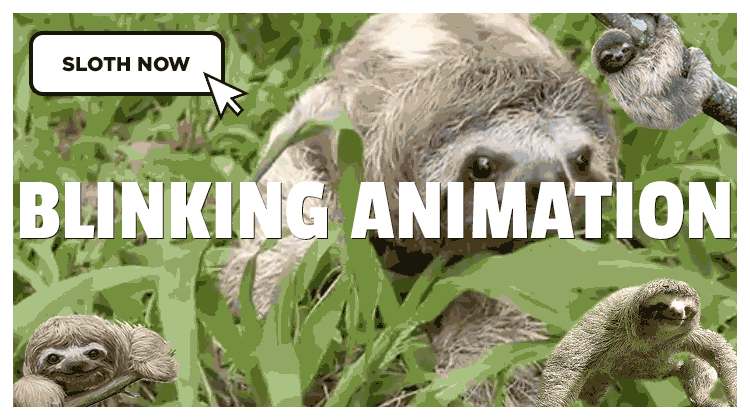

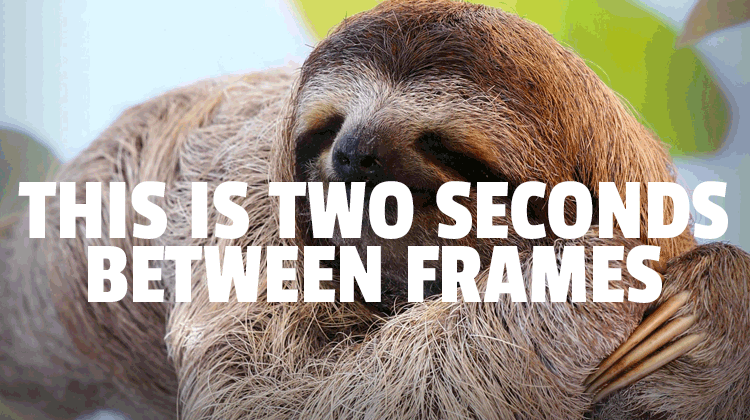
That covers it! Keep in mind these rules apply to every other type of animated advertisement supported TrafficJunky and not reserved for sloth GIFs.
Questions? Comment below or contact our team!

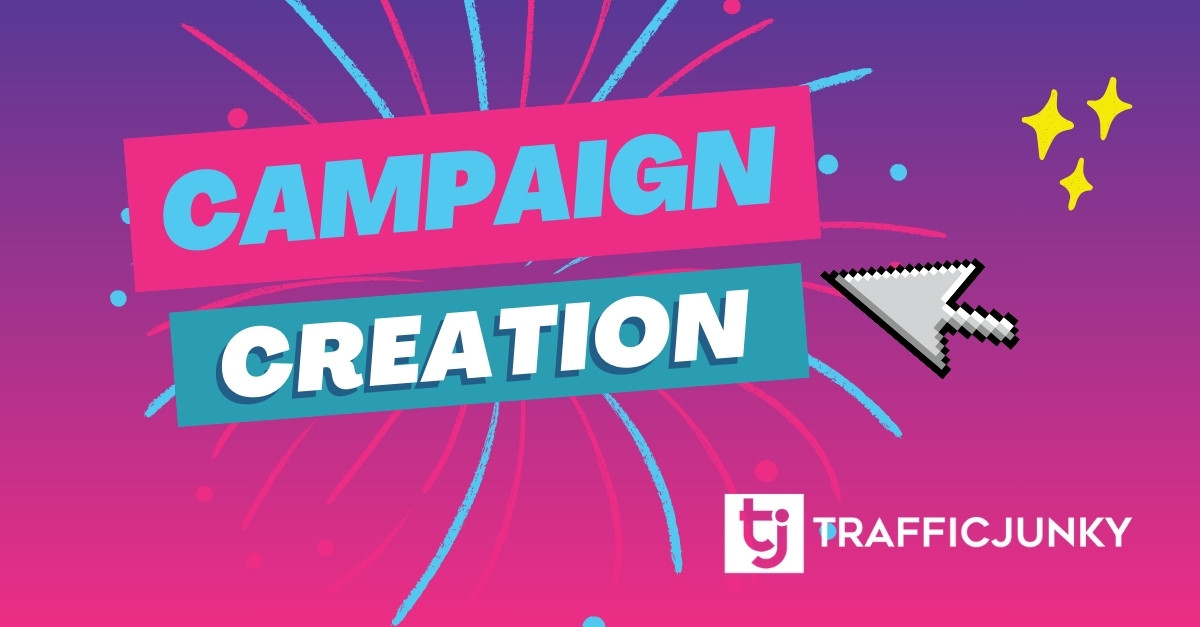

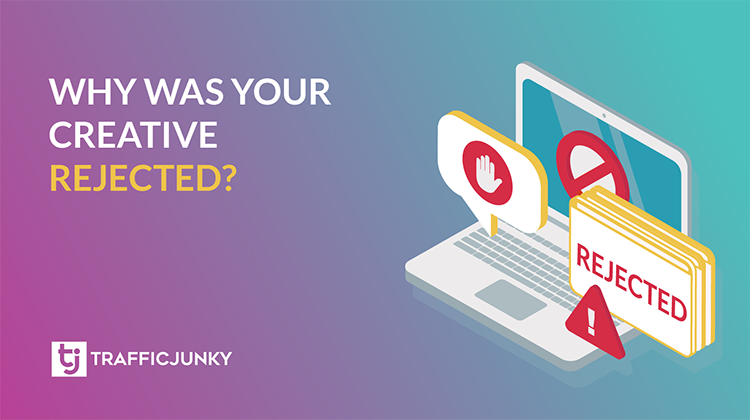

2 comments
I wonder what this rules are based on What is the motivation behind this restrictions? Are they for the best of user experience? Or for the better banner performance? Where do these 2 second rule comes from? Is it based on a research? Could you reveal the research results?
OMG I’m full of questions right now!
*YAWN*
Hey Sloth, thanks for reaching out.
You’re definitely full of questions but questions are good! The motivation is a mix of user experience, restrictions set by the Publishers themselves and standards recently set by Google’s Abusive Ad Experience.
For more on that: